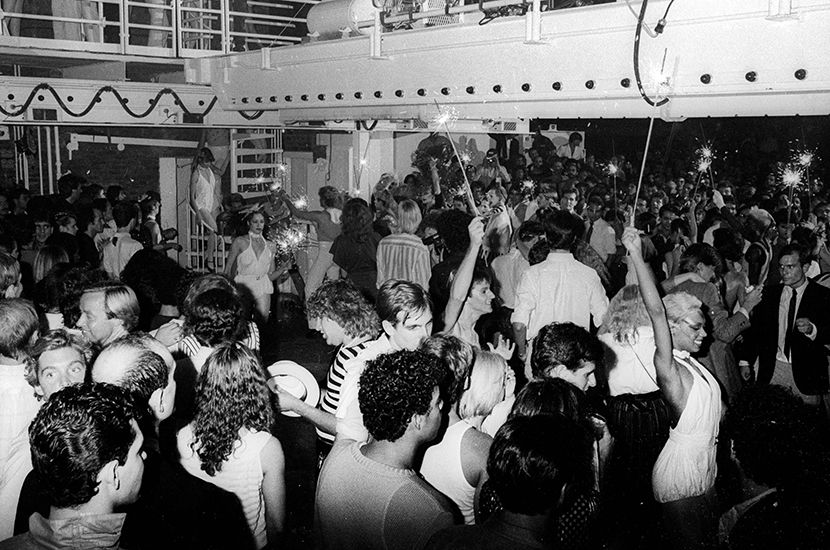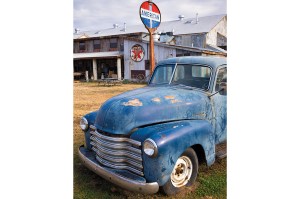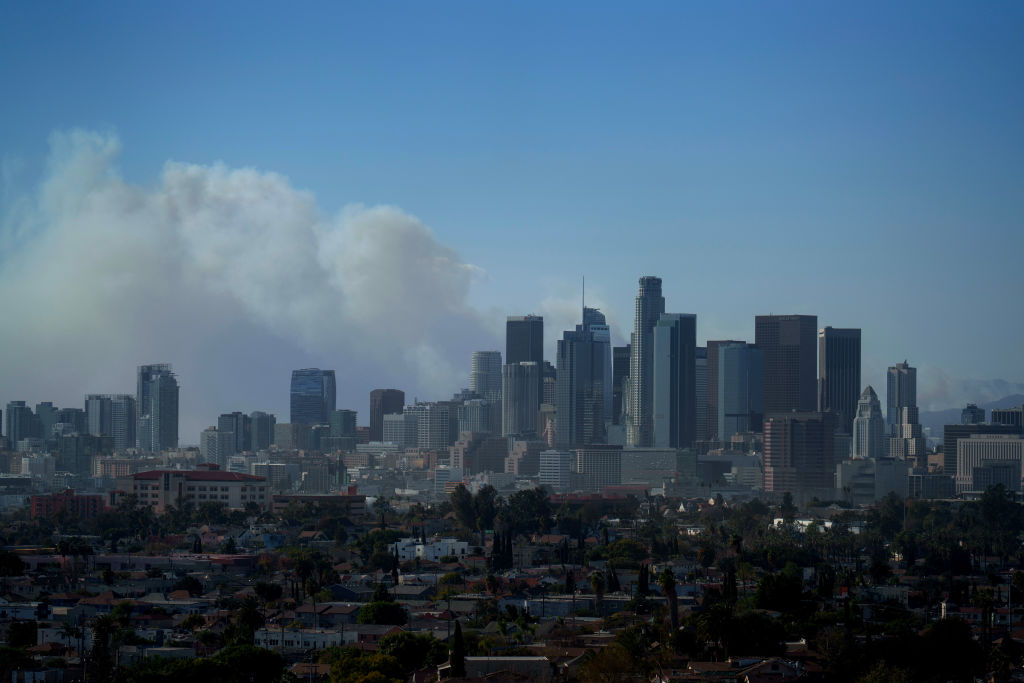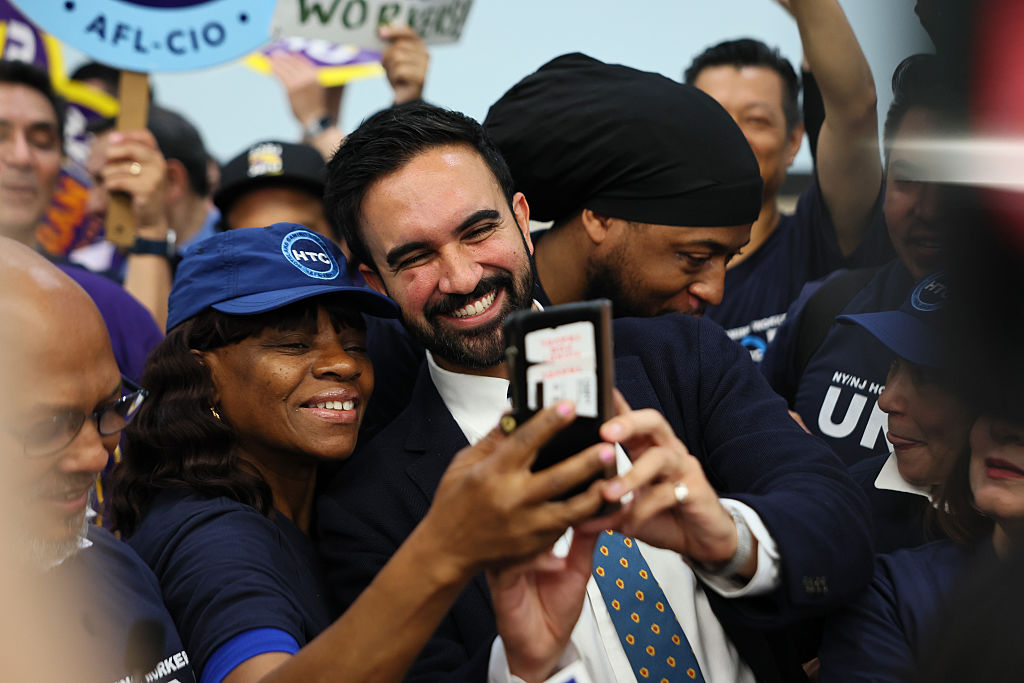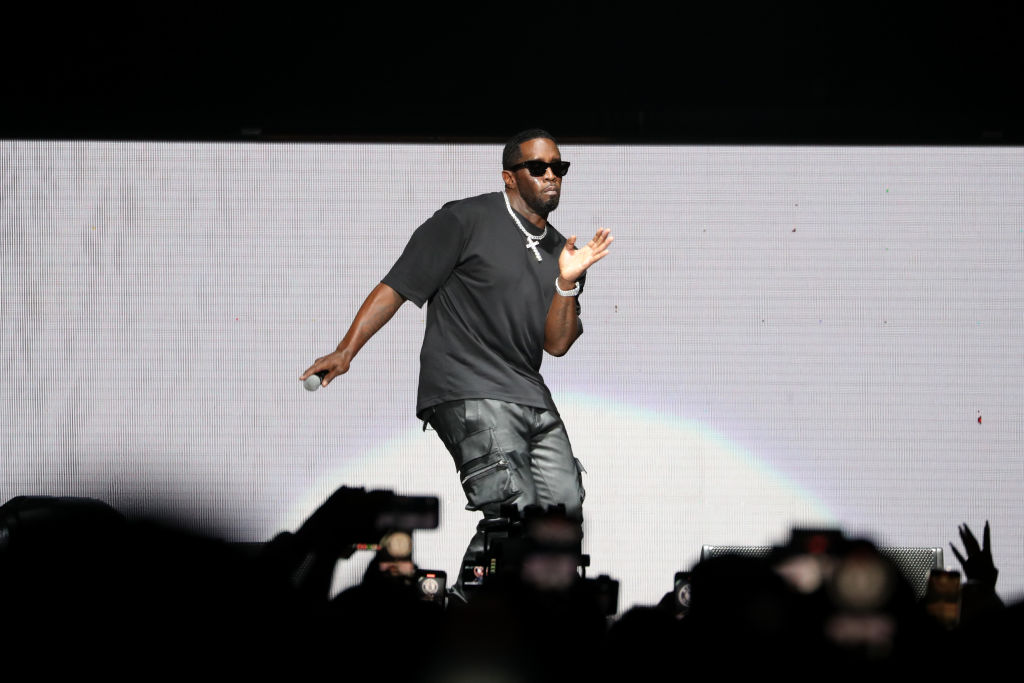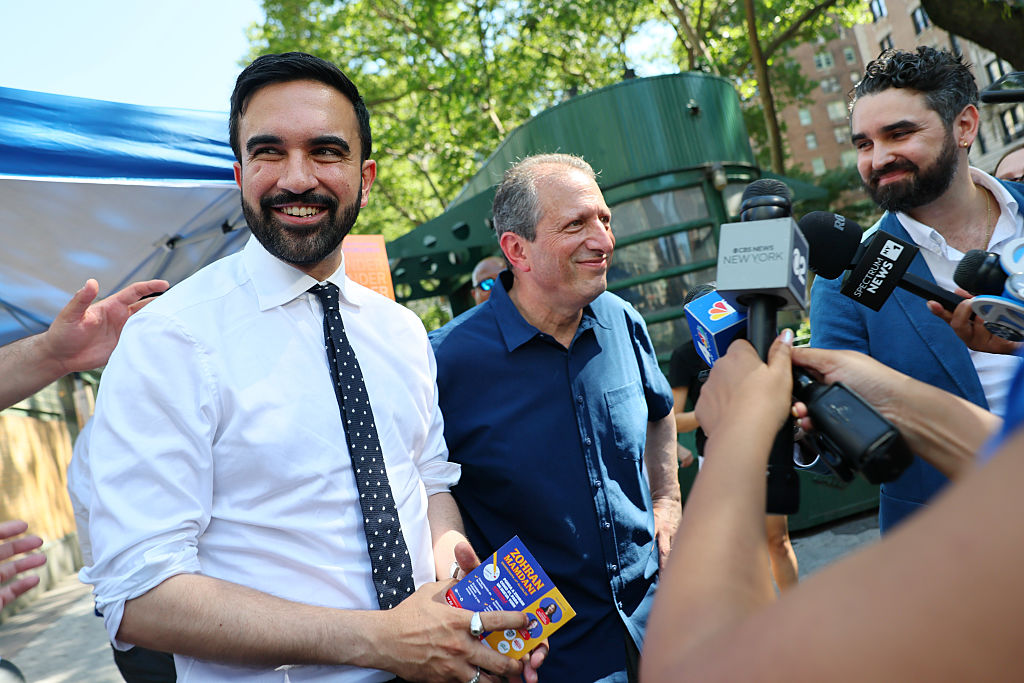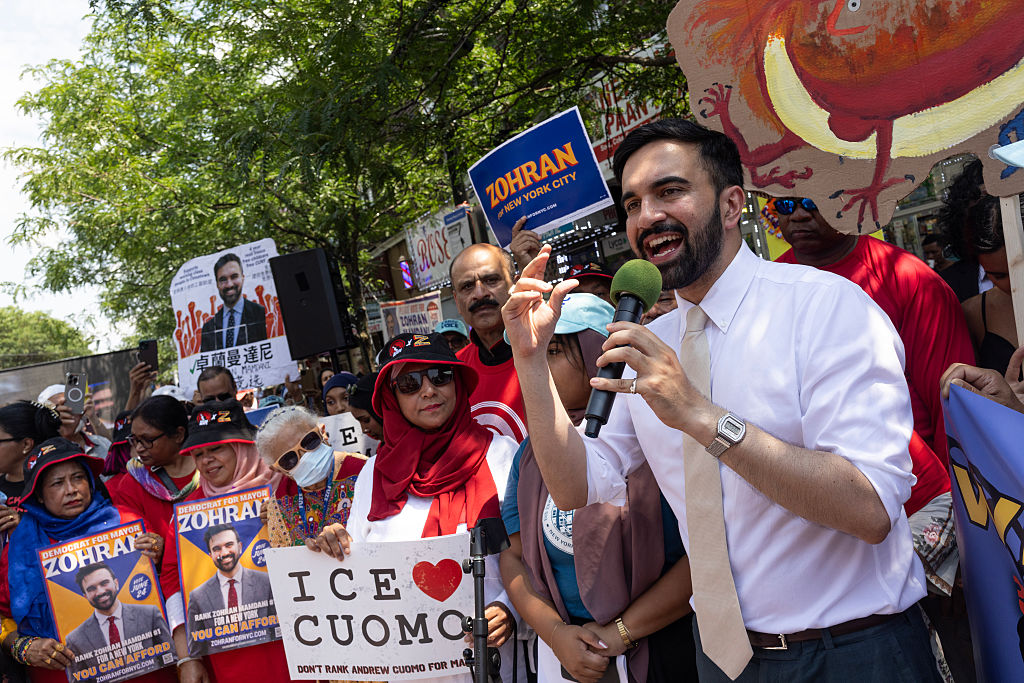New York
The acerbic writer Gore Vidal was once asked which period of history he would choose to have lived in. ‘The 17th century with penicillin,’ was his answer. It was a good soundbite but I don’t agree. Just the smells back then would be enough to kill me, and what about the people without teeth? And the plague of 1665 makes today’s virus seem like a slight head cold. Personally, I’d choose post-World War Two New York City, as described in Jan Morris’s wondrous Manhattan ’45. I got there three years later, to Manhattan, that is, and the place was as fabulous as I had heard and imagined it as a child. Beautiful limestone skyscrapers lined the wide avenues, men and women were dressed to the nines and the place reeked of wealth and power.
I remember being in the minority at school with my dark brown hair, the majority of kids having light brown or blond hair. Americans back then looked like a mixture of Anglo-Irish, German and Scandinavian, as opposed to now. Real blondes seem to have disappeared, replaced by peroxide ones.
Another vogue of today is the beard. Everyone in this city seems to have grown one, the vilest being those long ones that bald men tend to have. On grounds of taste, the only beards that should be permitted are blond ones, and only on overweight men, but as I said, there are no real blonds or blondes around anymore.
It used to be that it was mostly criminals who grew beards, and speaking of crime, it is surging as I write, the irony being that countless mayor wannabes are demanding less police presence. Go figure. Crime has always been around New York, but it used to be confined to the Bronx and the Lower East Side. Newspaper social columns covered society types and, of course, celebrities. Crime came third. Nightclubs such as El Morocco and the Stork Club gave precedence to society swells and movie stars, and had ‘Siberia’ areas for unknowns who had somehow made it through the velvet rope. Both sexes dressed to the nines when in public, sweats and leggings being the horrors of a faraway future. Which brings me to the present.
‘The Bell tolls for the Bagel’ might be a premature headline, but if one were to judge according to crime statistics, bankruptcies and empty storefronts, the city is on life support. Big, fat taxable-income golden geese have flown south, the latest threatening to do so being Goldman Sachs and JetBlue. Personally I couldn’t give a damn because I’ve yet to meet many Wall Street biggies with good manners, and it’ll be easier to get a decent table in a good restaurant once they’re gone.
As the city reopens, one thing is for sure. The glamour days of Studio 54, Xenon and other fleshpots are not about to return. But as pot is now legal, as is prostitution — almost — why not a return to the swinging nights of coke and group sex at Studio 54? Aids is no longer a killer, and the enforced isolation of the pandemic has orgy freaks panting like ponies after a long hard race, but something tells me that this time the attitudes and the people will be different. Studio 54 and Xenon worked because so-called proper people filled them nightly while leaving their inhibitions at the door. These café-society types no longer exist as nightclub fodder. They have been replaced by an underworld of rap stars, sports figures, so-called influencers, reality stars, pop folk and their entourages.
New York will be fun again, but only for a select few, namely the ones I just mentioned. Big ballroom spaces are out, small, dark, intimate holes in the wall will be in. Hungry landlords will be leasing street-level vacant spaces for anyone able to pony up. Places will quickly be painted black, each room will be called the VIP lounge, and only freaks will be admitted, apart from those sport, rap and internet stars. Their entourages alone will overspill on to the street. Drugs will replace booze as the #1 mind-altering substance. A young couple, he in a suit, she in a dress, will be laughed away back uptown and then some. Party-seekers today wear black leather and dark glasses, and the darker the nightclub, the darker the glasses. Intimidation reigns supreme, and trash talk is the lingua franca.
Well, perhaps I’m being too pessimistic, but I don’t think so. Civil disobedience is seen as almost patriotic in the Bagel and elsewhere in America, so the club scene, which has always inhabited the borderline of criminality, is not about to change its act. Surviving a night clubbing in the Bagel will soon be the equivalent of a night patrol in Quang Tri, Vietnam, back in 1968.
This article was originally published in The Spectator’s July 2021 World edition.



